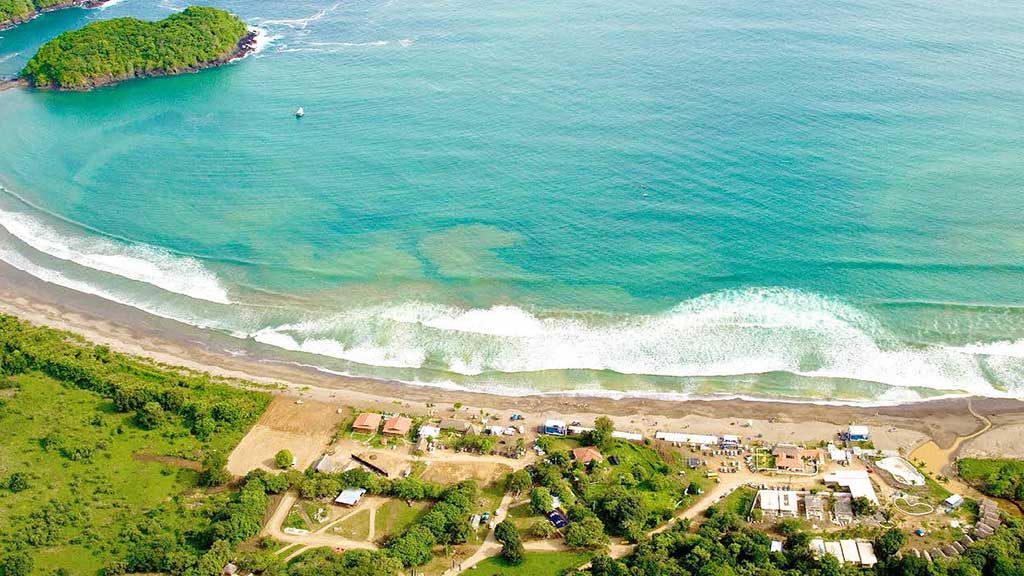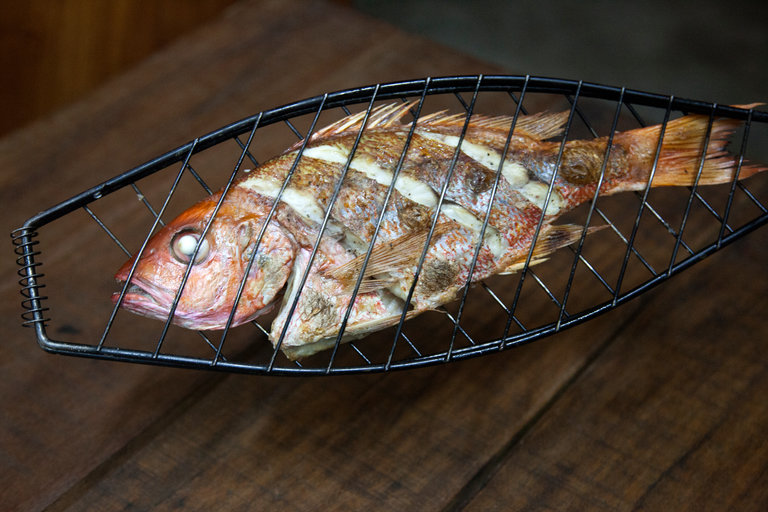Nicholas Gill takes us to the Azuero Penninsula and out to Playa Venao to visit a small but wonderful restaurant called Panga.
Panga, on the Azuero Peninsula of Panama, is over 60 miles from the nearest supermarket. “It’s like I live on a boat,” said Andrés Morataya, the restaurant’s chef. Yet what Panga lacks is what has helped define it.
Panga is on remote Playa Venao. In contrast to his previous stints — at the restaurant Manolo Caracol in Panama City and as personal chef to Prince Maximilian of Liechtenstein — Mr. Morataya has here had to use only readily available ingredients, including limes and fresh cacao fruit from his dishwasher’s yard. He grows what he can in adjacent garden beds and forages for native red berries with sweet, fig-like insides that grow along the beach, which he adds to desserts or rubs.
His only-what’s-available approach extends to proteins, as well. “I started spending days in the boats with the fishermen,” he said, “and noticed all of the things they were throwing back because they couldn’t sell it.” He persuaded them to sell him those things, like the spider crabs he serves on corn blinis, and the fish scales he toasts to give crunch to roasted red snapper.
In other ways the time seemed right for Mr. Morataya to open a restaurant, which he did in June. The beach had seen a wave of new resorts, surf camps and yoga retreats, and seasonal flights to Pedasí, the closest town, cut down travel time from Panama City. Lacking money for a custom grill, Mr. Morataya built his own, with bricks that he rearranges depending on what he is cooking, which might be amberjack or a whole pig; the charcoal is made from driftwood.
On a recent visit, Mr. Morataya’s wife showed me to a table on the wide wooden deck overlooking the Pacific. A few backpackers from the hostel next door wandered in and ordered craft beer from Boquete’s Central Cervecería, and roast chicken, which is brined for 24 hours in ocean water.
“You don’t have to do a lot with it when it’s this fresh,” Mr. Morataya said as he brought out yellowfin sashimi, prepared simply and layered on a sea almond leaf. (Fresh-from-the-ocean fish are standards on a menu that changes often.) Later, I had the side fins and collar of the pargo fish, smoked over fragrant nance, then fried crispy and doused in a soy vinegar sauce. Meaty and filling, they are parts of the fish that are typically tossed away. Mr. Mortaya said he couldn’t fathom charging more than $10 for a bowl.

